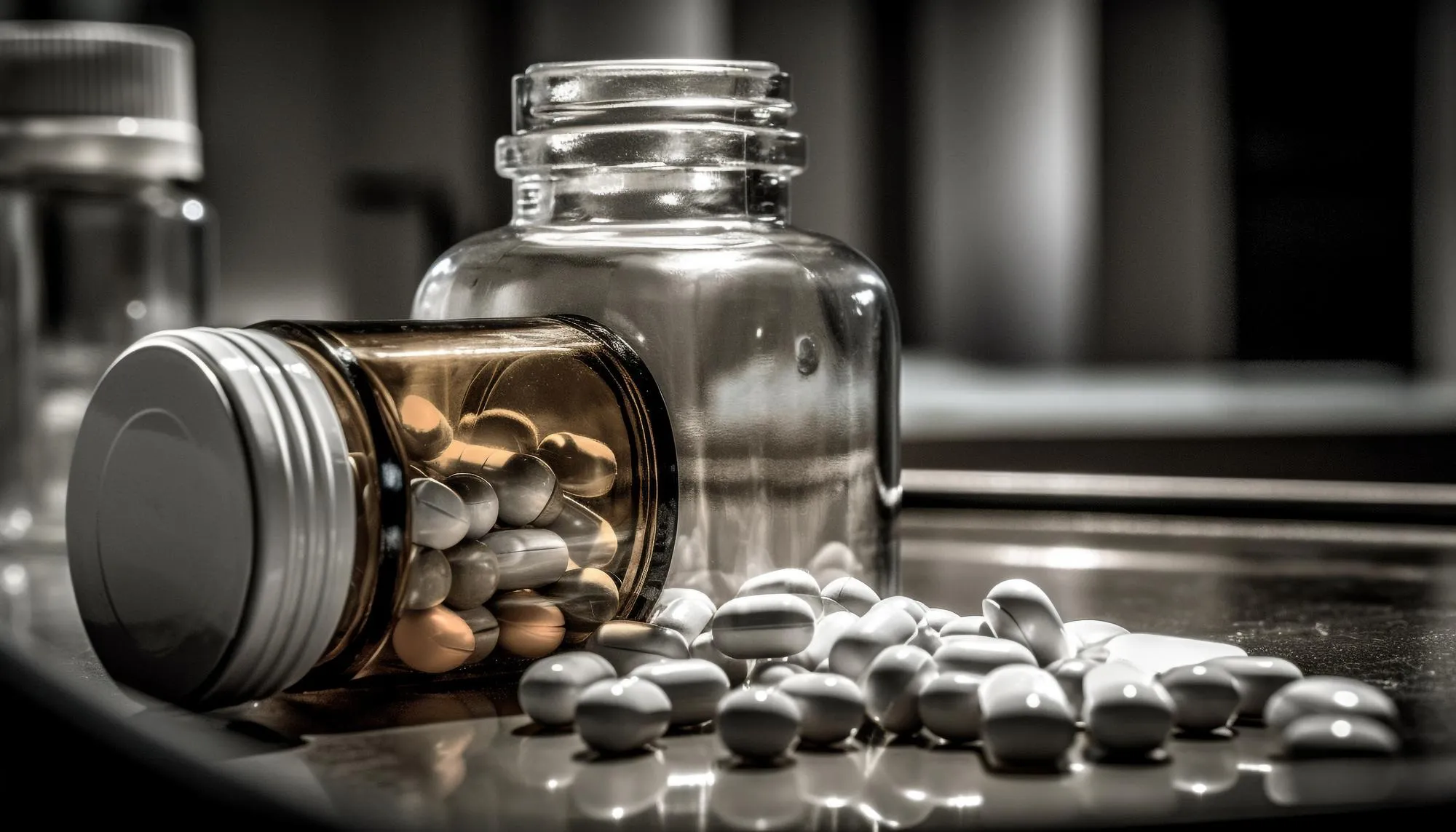Marine environments, with their vast biodiversity, have always been a treasure trove for the discovery of novel natural products. Covering 70% of the Earth’s surface and harboring around 80% of all living organisms, the sea offers an incredible array of biochemical compounds. In recent years, the pursuit of marine-derived substances with medicinal properties has intensified, particularly in the quest to battle increasingly prevalent lifestyle diseases such as diabetes and obesity. This article reviews exciting developments in the field of marine natural product chemistry, focusing on Protein Tyrosine Phosphatase 1B (PTP1B) inhibitors and the innovations in culturing methods that lead to new fungal metabolite production.
Exploring the Sea for Medical Breakthroughs: The Role of PTP1B
Protein tyrosine phosphatase 1B plays a pivotal role in regulating insulin and leptin signaling pathways, functioning as a negative regulator. PTP1B has consequently become an attractive target in the development of new medications for type 2 diabetes and obesity. Research has been underway to identify inhibitors of this enzyme, and marine organisms, with their unique biodiversity and chemical makeup, have become a key focus area.
Investigations into marine sponges, ascidians, and microorganisms have resulted in the identification of a variety of PTP1B inhibitors that present not only a structural diversity but also unique biological properties. For example, various metabolites with PTP1B inhibitory activities have been extracted from marine sponges and fungi, showing potential as lead compounds for drug development.
Novel Fungal Metabolites through Innovative Culturing Techniques
The second key topic concerns the induced production of new fungal metabolites through the modulation of culture methods. The Palauan marine-derived fungus, Trichoderma cf. brevicompactum TPU199, became a subject of study, producing uncommon epipolythiodiketopiperazines, including gliovirin and pretrichodermamide A.
Fascinatingly, altering the fermentation conditions of this strain resulted in the synthesis of different compounds. For instance, long-term static fermentation of the strain led to the production of a novel dipeptide, dithioaspergillazine A. Moreover, the addition of sodium salts such as NaCl, NaBr, and NaI to the fermentation not only yielded chloride and bromide derivatives of pretrichodermamide A but also an innovative iodinated derivative, iododithiobrevamide.
Another breakthrough was achieved with the use of DMSO-added seawater medium, which induced the strain to produce a diketopiperazine featuring a unique trithio-bridge, chlorotrithiobrevamide. These findings open up new avenues for the exploration of how environmental factors and culturing techniques can lead to the production of novel substances with therapeutic potential.
The Significance of the Review by Yamazaki Hiroyuki
The review, authored by Hiroyuki Yamazaki from the Department of Natural Product Chemistry at the Faculty of Pharmaceutical Sciences, Tohoku Medical and Pharmaceutical University, contributes substantially to the existing literature on marine natural product chemistry. By highlighting the recent discoveries in the ambit of PTP1B inhibitors and fungal metabolites, this manuscript underpins the importance of marine biodiversity and innovative fermentation approaches in drug development.
Potential Implications for Diabetes and Obesity Treatment
Discoveries like these could pave the way for new strategies in treating diseases such as type 2 diabetes and obesity. The inhibitors discovered through Yamazaki’s research could potentially improve insulin and leptin sensitivity in patients, offering an alternative pathway to existing treatments. Moreover, the unique compounds obtained through modified culture methods may carry the seeds for innovative treatment modalities yet to be fully explored.
References
1. Yamazaki, H. (2019). Search for Protein Tyrosine Phosphatase 1B Inhibitors from Marine Organisms and Induced Production of New Fungal Metabolites by Modulating Culture Methods. Yakugaku Zasshi : Journal of the Pharmaceutical Society of Japan, 139(5), 663-672. https://doi.org/10.1248/yakushi.18-00221
2. Newman, D. J., & Cragg, G. M. (2020). Drugs from the sea: Marine natural products as drug candidates. Drug Discovery Today, 25(5), 900-915. https://doi.org/10.1016/j.drudis.2020.01.018
3. Carroll, A. R., Copp, B. R., Davis, R. A., Keyzers, R. A., & Prinsep, M. R. (2019). Marine Natural Products. Natural Product Reports, 36(1), 122-173. https://doi.org/10.1039/C8NP00092A
4. Mayer, A. M., & Hamann, M. T. (2004). Marine Pharmacology in 2001–2002: Anti-Tumoral and Cytotoxic Compounds. European Journal of Cancer, 40(16), 2676-2704. https://doi.org/10.1016/j.ejca.2004.07.005
5. Blunt, J. W., Copp, B. R., Keyzers, R. A., Munro, M. H., & Prinsep, M. R. (2016). Marine natural products. Natural Product Reports, 33(3), 382-431. https://doi.org/10.1039/C5NP00156K
Keywords
1. Marine natural products
2. PTP1B inhibitors
3. Diabetes treatment
4. Obesity medication
5. Fungal metabolite production
In conclusion, the marine environment continues to reveal its incredible biochemical diversity with significant potential for medicinal applications. The review by Yamazaki Hiroyuki underscores the importance of these ecosystems in the continued search for PTP1B inhibitors and showcases the innovative approaches used to harness the power of marine-derived fungi for the production of potentially life-saving drugs. The promising findings in this field of research may lead to the development of breakthrough therapies for addressing some of the most pressing health issues of our time.
